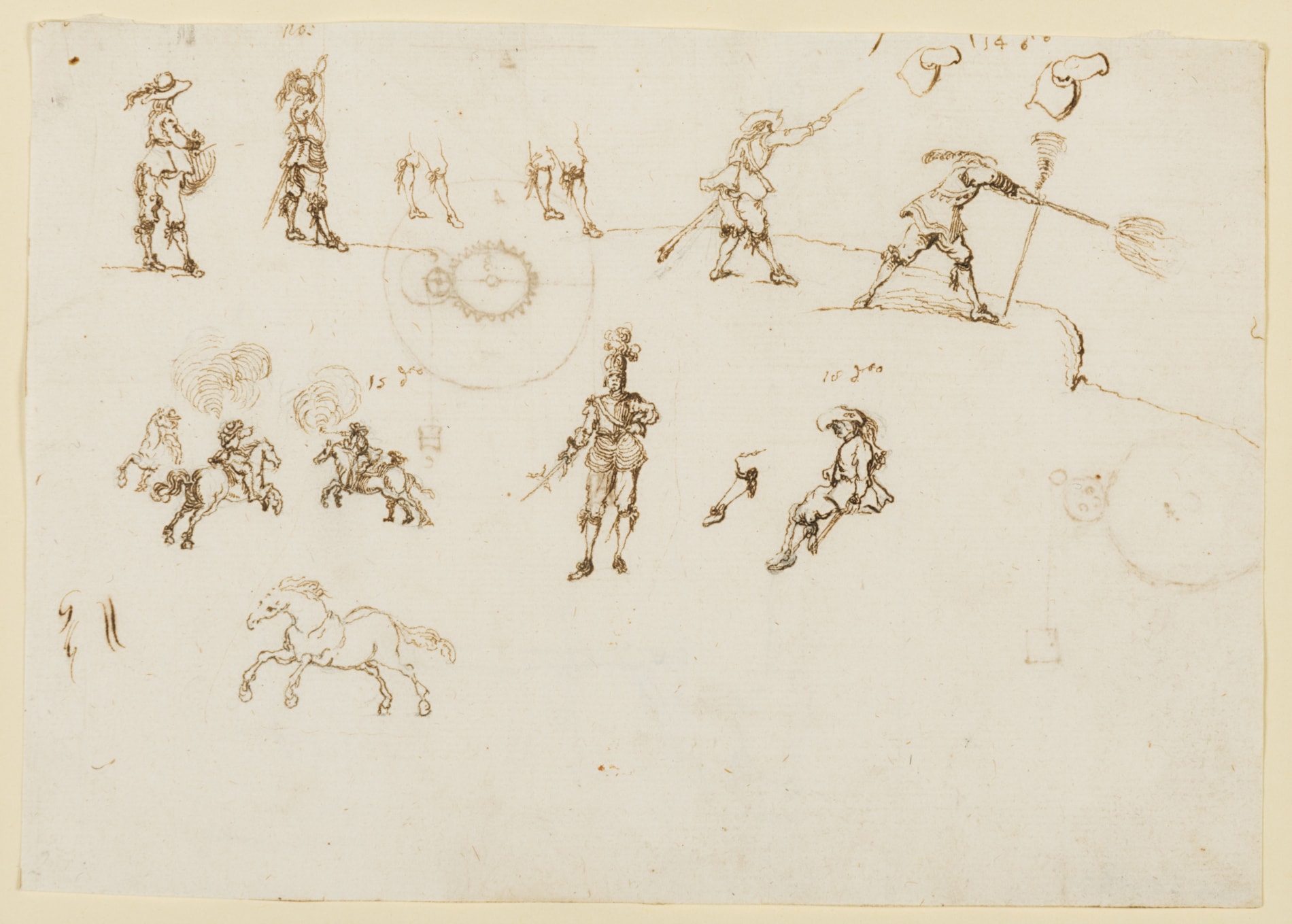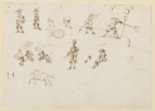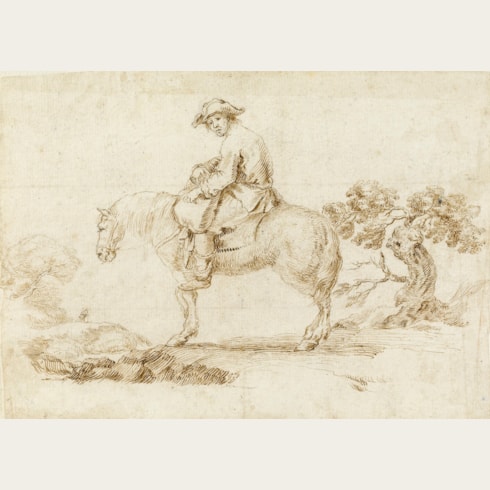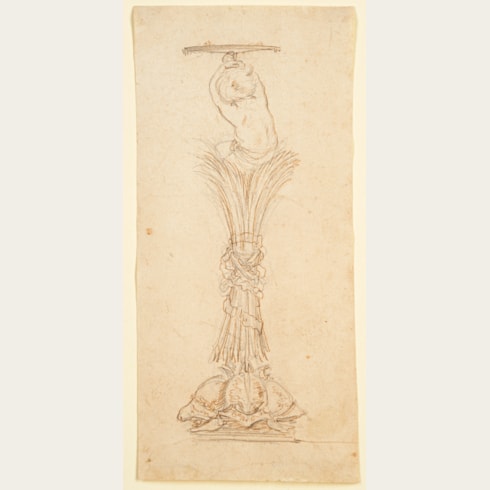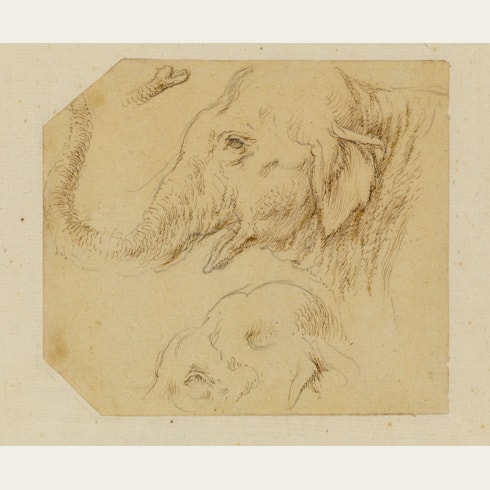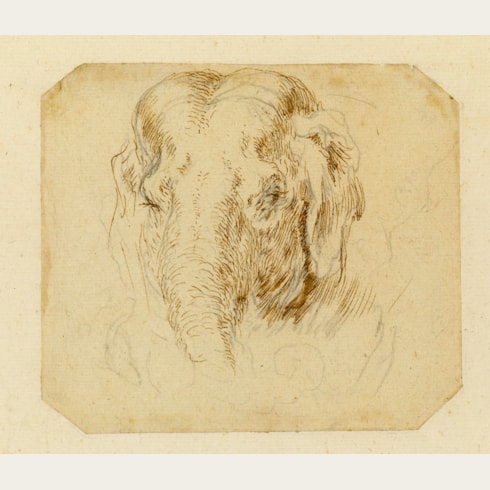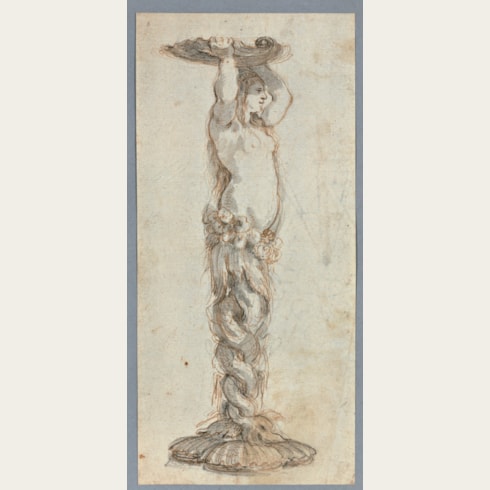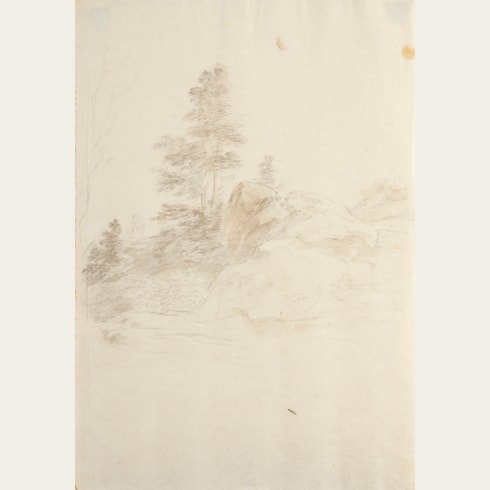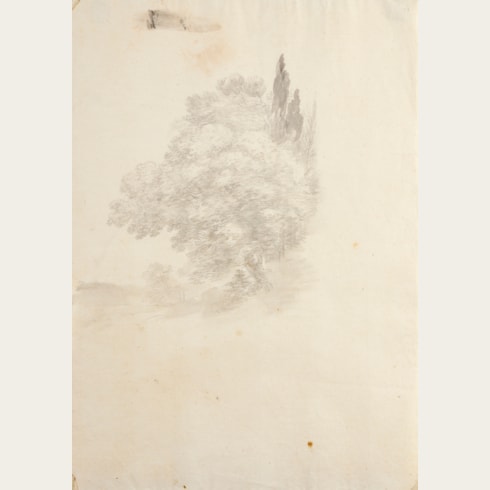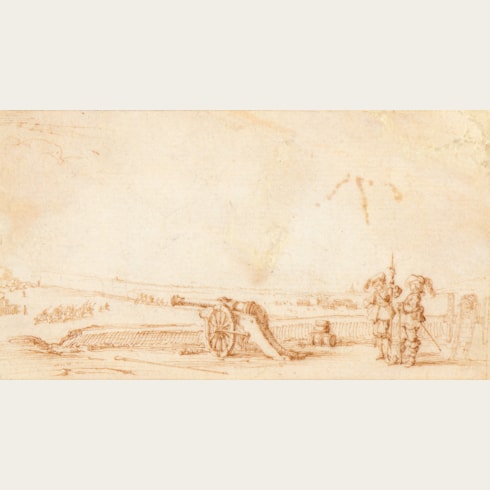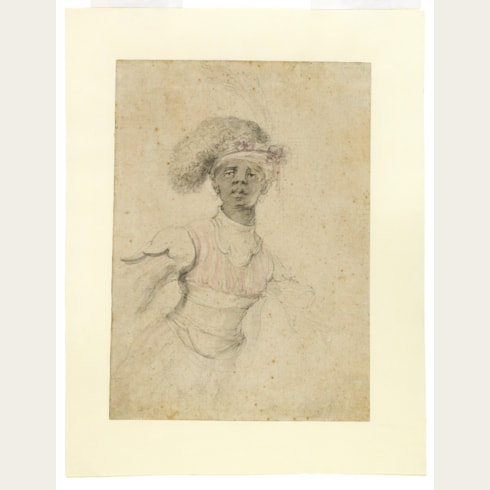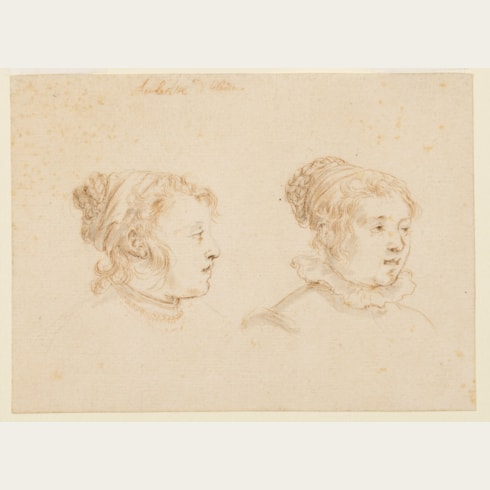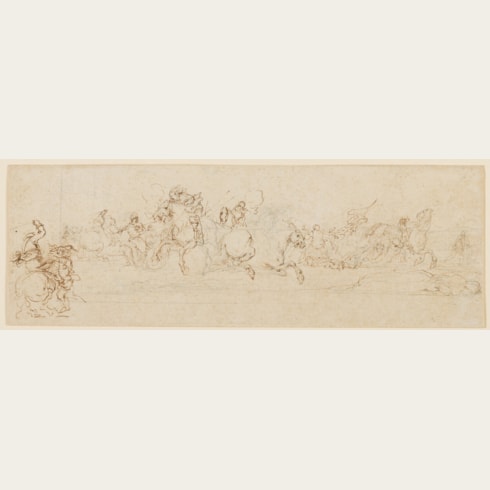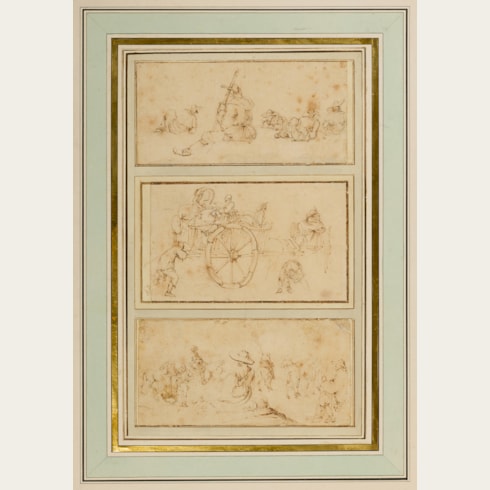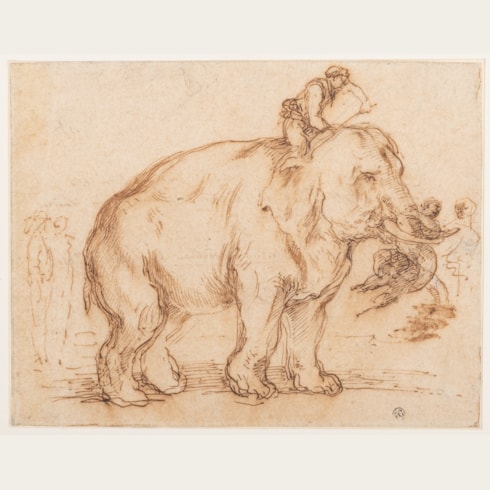Stefano DELLA BELLA
(Florence 1610 - Florence 1664)
A Sheet of Studies of Soldiers, Cavaliers and a Horse
The verso with two studies of weights and pulleys in pen and brown ink, and a further study of a pulley faintly drawn in black chalk.
Numbered 2(?), 14, 15 and 18, with other illegible inscriptions, in brown ink, above certain figures.
134 x 191 mm. (5 1/4 x 7 1/2 in.)
Watermark: Fragment of a coat of arms.
Similar studies of soldiers are found in a number of Della Bella’s series of small etchings of military subjects executed in the 1640s, such as the Receuil de diverses pièces très nécessaires à la fortification of c.1638-1643 and the Varii capricci militari of c.1641, as well as the Dessins de quelques conduits de troupes of c.1641-1647. The studies of horsemen in this drawing may also be loosely related to some of the series of nineteen prints entitled Diverses exercises de cavalerie, executed c.1642-1645. Finally, very similar figures of musketeers appear in two etchings from the series La milice moderne, published in 1646.
A gifted draughtsman and designer, Stefano della Bella was born into a family of artists. Apprenticed to a goldsmith, he later entered the workshop of the painter Giovanni Battista Vanni, and also received training in etching from Remigio Cantagallina. He came to be particularly influenced by the work of Jacques Callot, although it is unlikely that the two artists ever actually met. Della Bella’s first prints date to around 1627, and he eventually succeeded Callot as Medici court designer and printmaker, his commissions including etchings of public festivals, tournaments and banquets hosted by the Medici in Florence. Under the patronage of the Medici, Della Bella was sent in 1633 to Rome, where he made drawings after antique and Renaissance masters, landscapes and scenes of everyday life.
In 1639 he accompanied the Medici ambassador to the Parisian court of Louis XIII, and remained in France for ten years. Della Bella established a flourishing career in Paris, publishing numerous prints and obtaining significant commissions from Cardinals Richelieu and Mazarin, as well as other members of the court and the aristocracy. Indeed, the majority of his prints date from this fertile Parisian period, and include scenes of life at the French court. After his return to Florence in 1650, Della Bella continued to enjoy Medici patronage. Over the next few years he produced drawings of the gardens of the Medici villa at Pratolino, the port of Livorno and the Villa Medici in Rome, and also became the drawing master to the future Duke, Cosimo III. He was also active as a designer of costumes for the various pageants, masquerades and ballets of the Medici court. After suffering a stroke in 1661, Della Bella appears to have worked very little before his death three years later.
Only a handful of paintings by Della Bella survive to this day, and it is as a graphic artist that he is best known. A hugely talented and prolific printmaker and draughtsman, he produced works of considerable energy and inventiveness, with an oeuvre numbering over a thousand etchings, and many times more drawings and studies. Significant groups of drawings by Della Bella are today in several public collections, with around six hundred sheets in both the Uffizi and the Louvre, and approximately 150 drawings apiece in the Istituto Nazionale per la Grafica in Rome and the Royal Collection at Windsor Castle.
Provenance
By descent to his daughter, Lady Catherine Hamilton Noel, who married the 9th Earl of Southesk, Master of Kinnaird Castle, Brechin, Angus, Scotland
The album dispersed, and the drawings sold individually through the Arcade Gallery, London, in 1946
Il Gabinetto delle Stampe, Milan, in 1976
Private collection, Italy
Private collection, [West] Germany
Bob P. Haboldt & Co., New York, in 1989
Stephen Ongpin Fine Art, London, in 2007
Private collection, New York.
Exhibition

